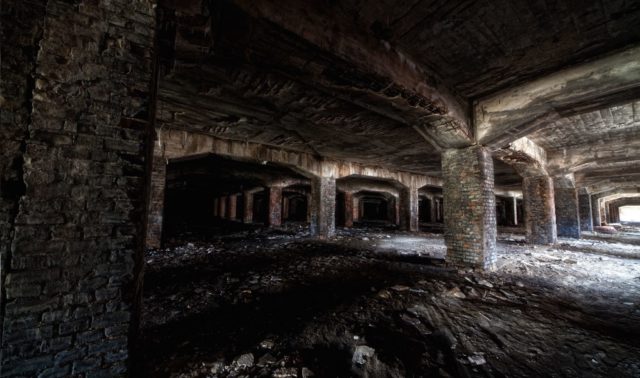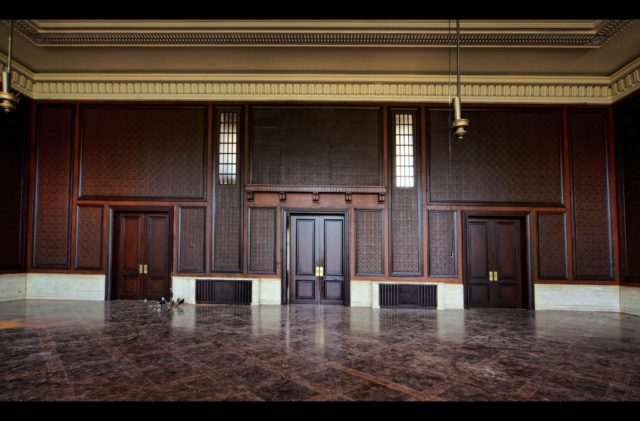The abandoned Kaserne Krampnitz is a former German WW2 military complex in the city of Potsdam, designed by architect Robert Kish.
Before it became a military base, it was an army training center called Heeres Reit- und Fahrschule und Kavallerieschule Krampnitz (Army Riding and Driving School and Cavalry School).
In 1937, immediately after construction was completed, the cavalry school from the city of Hanover moved to this place. The cavalry school had been operating in the city of Hanover since 1872, but eventually the building became too small, leading the authorities to build this new school in the city of Potsdam.
In 1941, with the onset of World War II, the school was turned into a military base. As a result, it was renamed Schule für Schnelle Truppen – the School for Mobile Forces. By 1943, it had become known as Panzertruppenschule II Krampnitz.
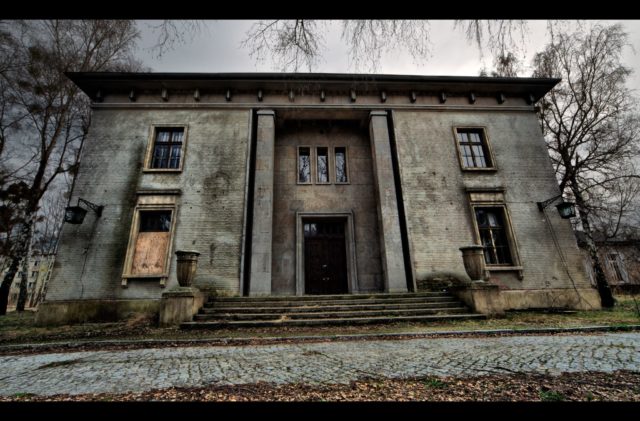
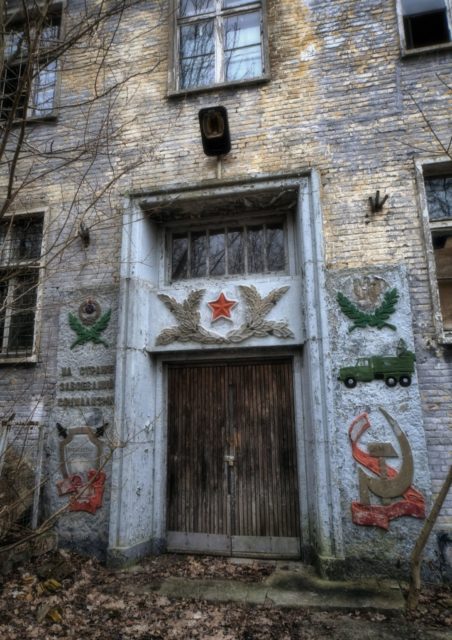
In the last months of the war, this site was used as a base for motorized troops who fought around Berlin. On April 26, 1945, at the end of the war, the Germans abandoned the base. Just a day later, the 35th Guards Motor Rifle Division of the Red Army occupied Krampnitz.
The Soviets wanted to expand the base, so several residential buildings and administrative buildings were built on the site. However, the collapse of the Soviet Union in 1991 resulted in the Red Army division leaving Germany in 1992.
After that, the area was left abandoned and Kaserne Krampnitz began to fall into disrepair. Germany was not sure what to do with either the abandoned buildings or the territory as a whole. It was an eyesore, but it was also a place filled with history
As the state of Kaserne Krampnitz worsened, the area actually became popular among film crews. Scenes from various films were shot there including Enemy at the Gates (2000), Mein Führer (2006), and also Tarantino’s 2009 film Inglourious Basterds.
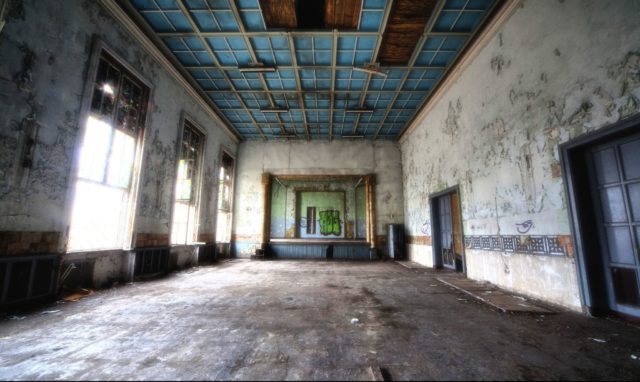
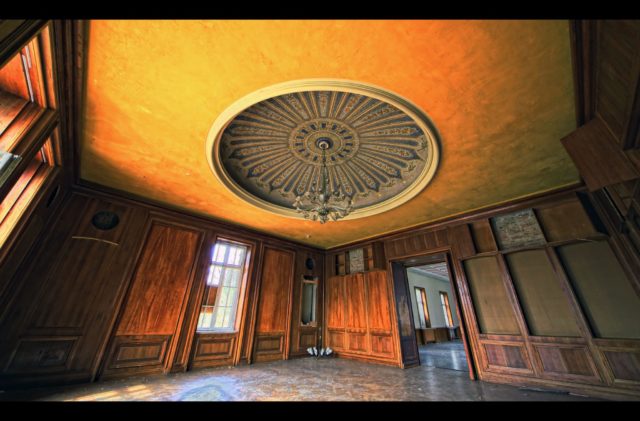
The entire complex still consists of more than 50 buildings including apartment buildings, tennis and basketball courts, a theater, a gym, and much more. At one point, there was a proposal to build a theme park here, but such plans fell through.
Most recently, the territory has been bought by a Danish investment group, Deutsche Wohnen, which hoped to create housing for around 100,000 people.
One feature which draws urban explorers to Kaserne Krampnitz is a mosaic on the ceiling of a building that served as an officer’s mess.
There are some who argue that the mosaic can’t be genuine because it depicts an eagle on a German cross with a swastika and, when the Russians moved in, they destroyed everything that contained any German symbolism.
One theory suggests that it might have been created entirely for the movie Enemy at the Gates, while some believe that the mosaic was covered up by the Russians and then restored for the movie.
In 2016, Kaserne Krampnitz made local headlines when it was discovered that the site was home to a vast array of bats, including the greater mouse-eared bat. It was estimated that about 200 bats made their homes there.
While this news delighted naturalists and biologists, it disrupted plans to develop the site. The discovery meant that the bats either needed to be relocated or left in situ, with developers working around them. Most recent reports indicate that construction is progressing, but slowly.
The photographs are by Andreas Swane who kindly gave us permission to share his photographs in our article.
Andreas is from Norway and he owns the blog “Left To Decay” where he shares the beauty of abandoned places. His blog also contains some information about derelict places. You can find his Flickr photostream via this link.
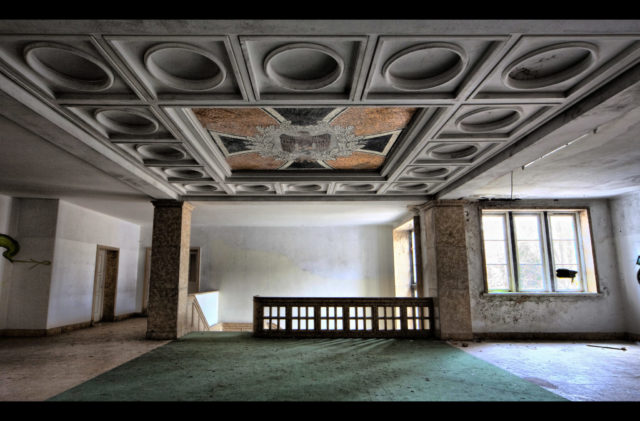
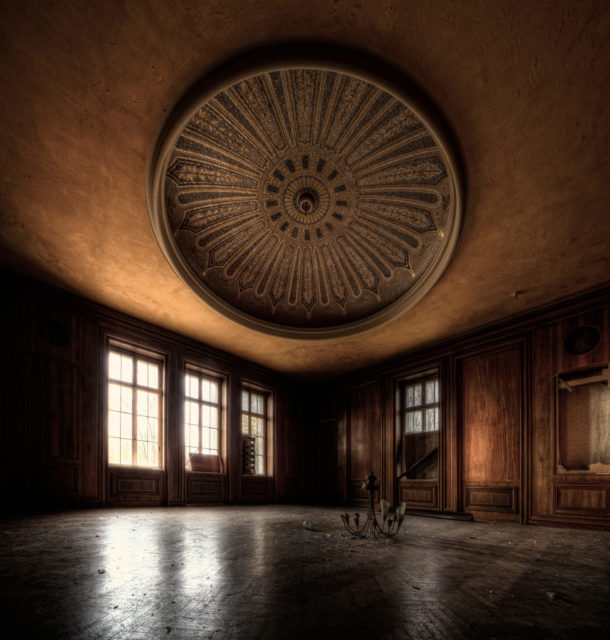
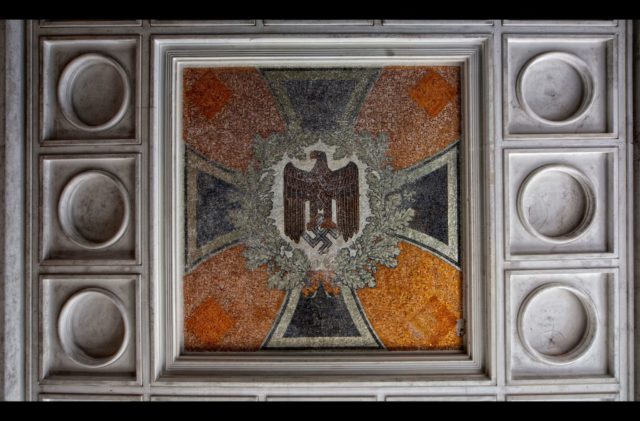

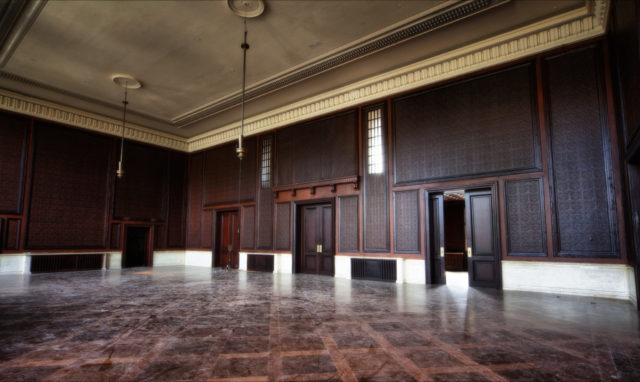
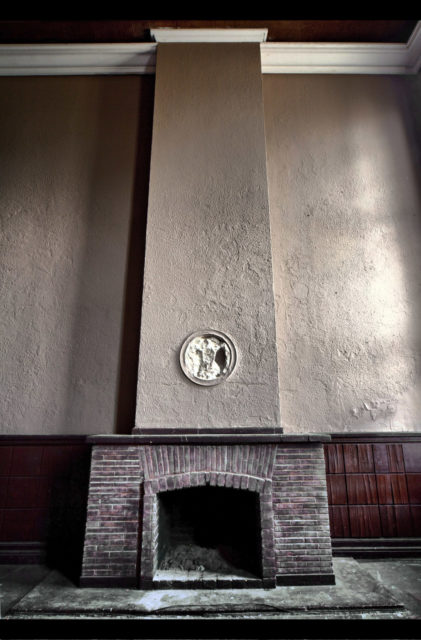
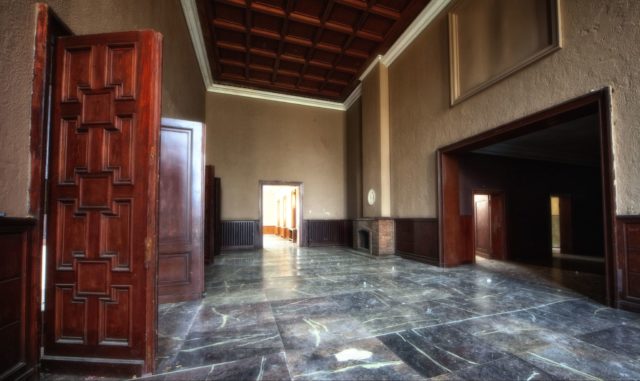
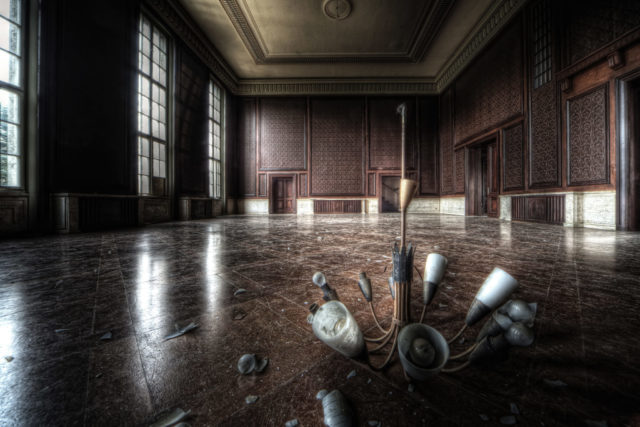
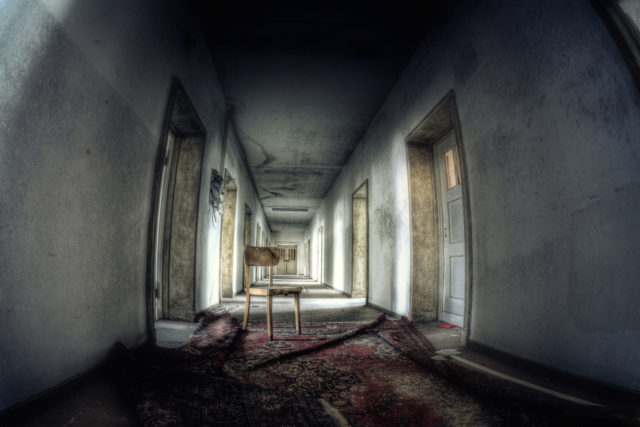
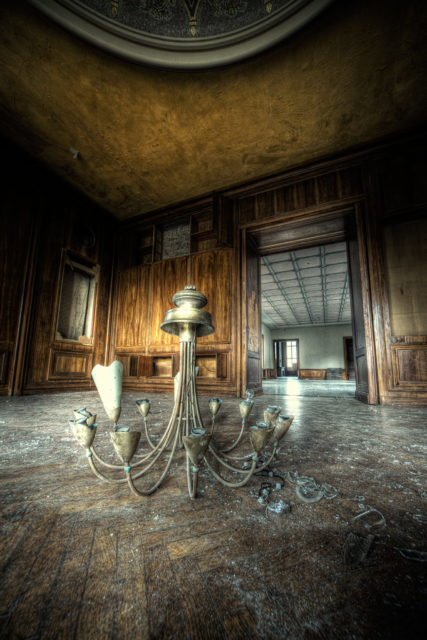
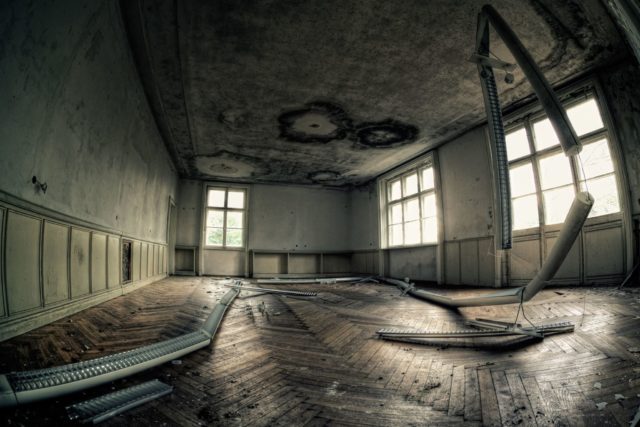
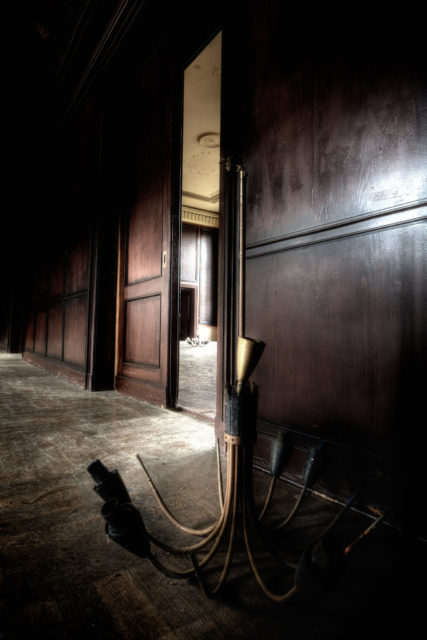
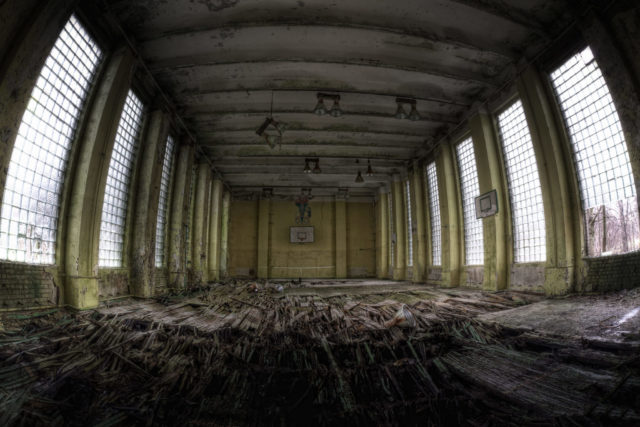
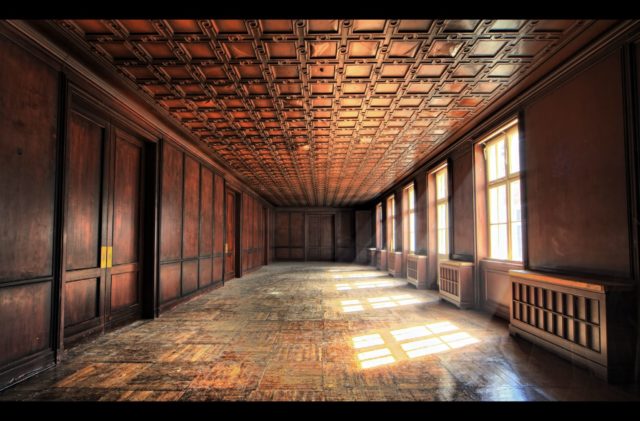
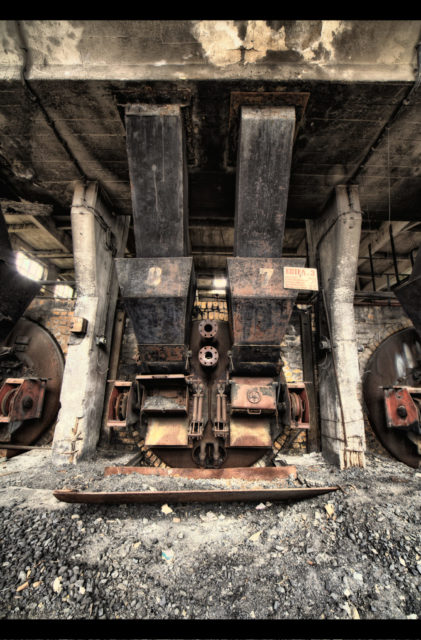
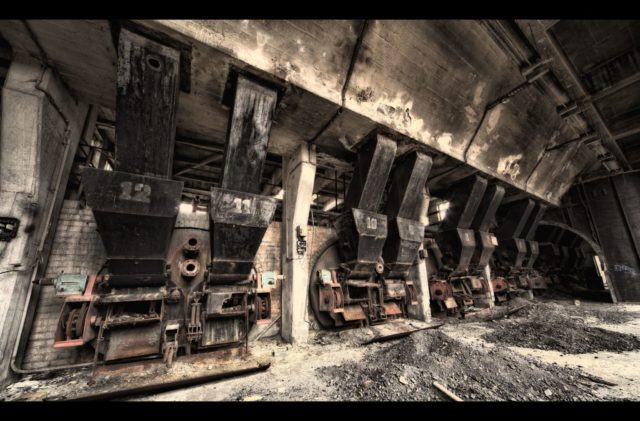
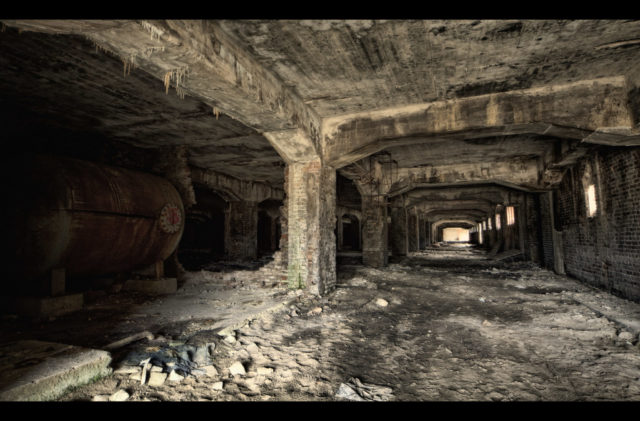
The Abandoned US Air Force Station
